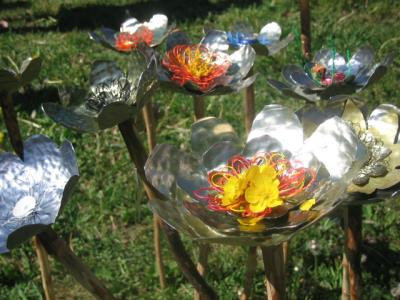E-bok
A Late Iron Age farmstead in the Outer Hebrides
The settlement at Bornais consists of a complex of mounds which protrude from the relatively flat machair plain in the township of Bornais on the island of South Uist. This sandy plain has proved an attractive settlement from the Beaker period onwards; it appears to have been intensively occupied from the Late Bronze Age to the end of the Norse period. Mound 1 was the original location for settlement in this part of the machair plain; pre-Viking activity of some complexity is present and it is likely that the settlement activity started in the Middle Iron Age, if not earlier. The examination of the mound 1 deposits provides an important contribution to our understanding of the Iron Age sequence in the Atlantic province. The principal contribution comprises the large quantities of mammal, fish and bird bones, carbonised plant remains and pottery, which can be accurately dated to a fairly precise and narrow period in the 1st millennium AD. These are augmented by a substantial collection of small finds which included distinctive bone artefacts. The contextual significance of the site is based on the survival of floor deposits and a burnt-down roof; the floor deposits can be compared with abandonment and adjacent midden deposits providing contrasting contextual environments that help to clarify depositional processes. The burning down of the house and the excellent preservation of the deposits within it provide an unparalleled opportunity to examine the timber superstructure of the building and the layout of the material used by the inhabitants.
Logga in för att låna
Information
Stöds av följande plattformar
PC/Mac
Surfplatta Läsplatta
Smartphone

